Giving Birth - Labour and childbirth
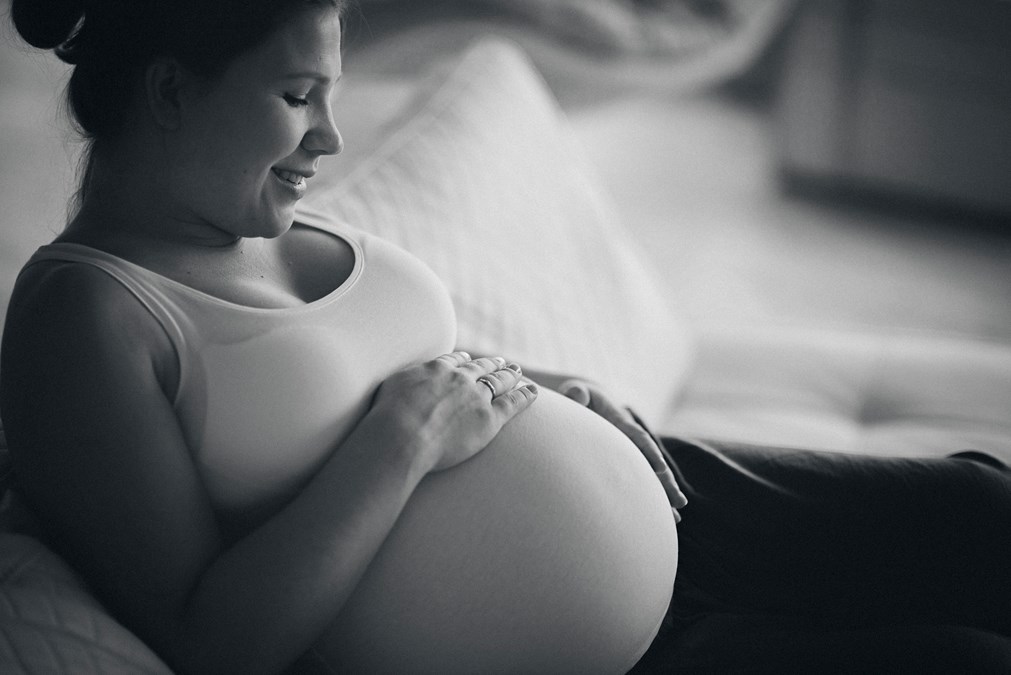
Signs that labour has begun

Labour can start in different ways. It often starts with some aches and pains, but the first sign might also be that your waters break or you have a bloodstained mucus discharge from your vagina. Call the maternity unit at the hospital when you need help or think that your waters have broken.
Your arrival

When you arrive at the hospital, a midwife will assess whether your labour has progressed far enough for you to stay. If active labour has begun then you will be admitted.
To get an idea of how well the baby is doing in the womb, its heart rate will be measured using cardiotocography (CTG) which monitors the baby’s pulse and the contractions in the womb.
Pain relief
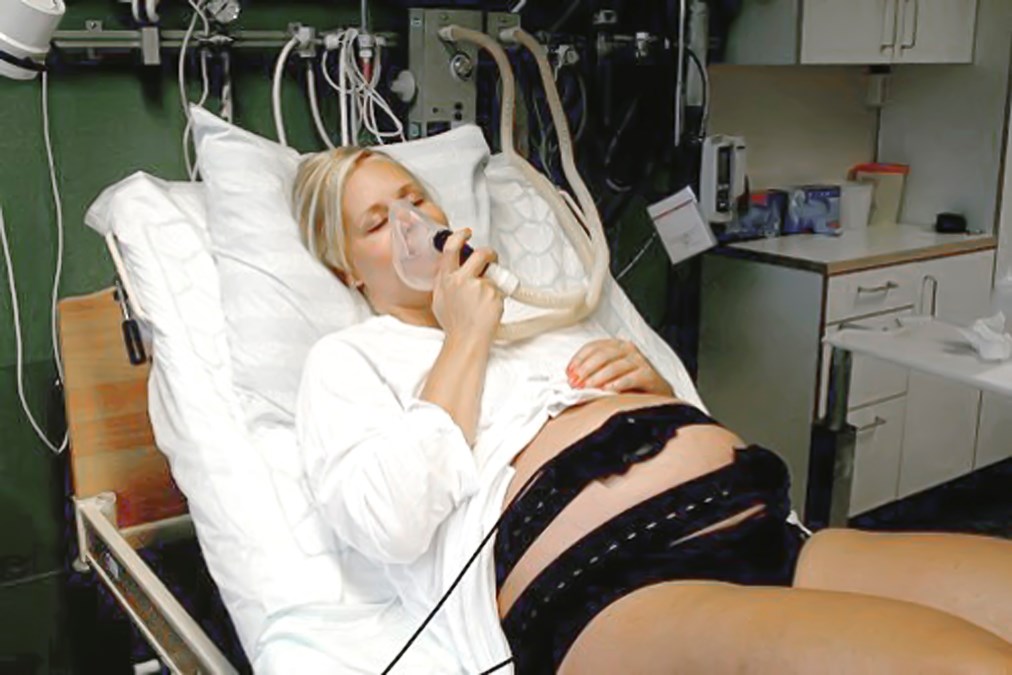
Giving birth is painful. But the level of pain experienced varies from one person to another. There are also several different ways of managing the pain. It is good to be as physically and mentally prepared as possible. Getting enough sleep, eating well and attending antenatal classes are ways of helping you to prepare for your baby’s birth. During your labour, the midwife will give advice about pain relief and which method is best for you. You can find out more about the different methods of pain relief at here.
Being a birth support partner
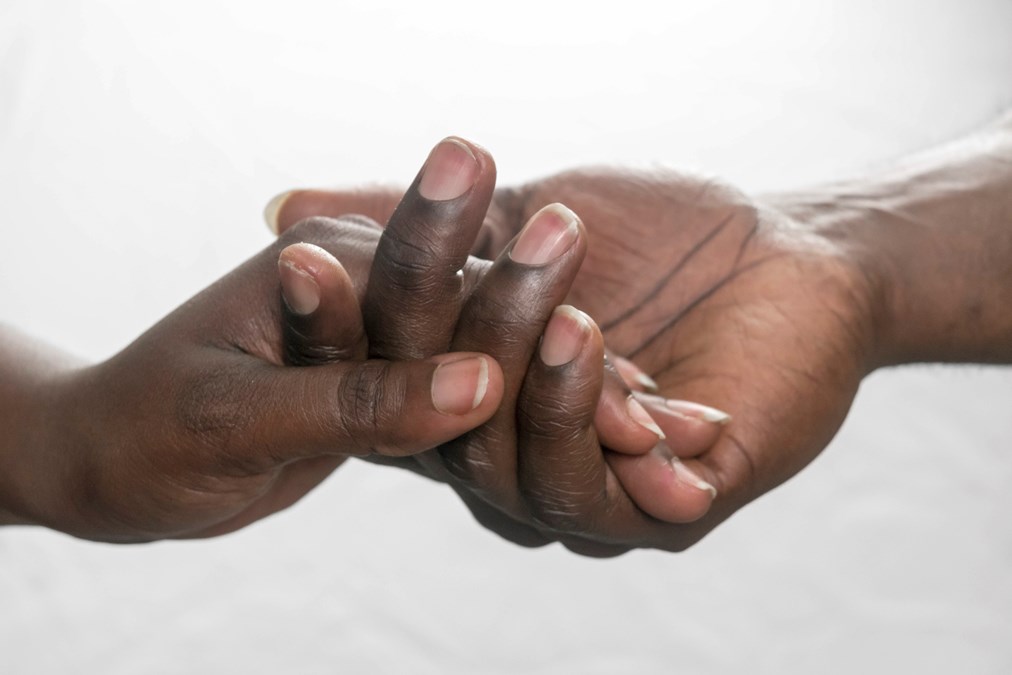
You play an incredibly important role during labour. You make a huge difference simply by being physically present and close by. Constant support can even reduce the need for medical pain relief, use of a suction cup and a caesarean section. The best support comes from you, because you have a close relationship. Imagine yourself as a lighthouse and your partner giving birth is a boat on a stormy sea. All that is needed is for you to stand by, shining a steady light through the storm.
Advice to the birth support partner

The first rule is to be close to the person giving birth. Try various forms of touch and massage. If you find something that works, stick with it. If you are unsure whether the massage is having any effect, try massaging for three contractions and then decide whether it is helping or not. Remember to begin from the top and stroke down the body, in the same direction as the womb and baby. Use slow movements and ask how it feels. If you get shouted at, that’s probably the stress talking. You’ll have to work even harder to try to give strength, confidence and self-belief. If you’re feeling powerless, ask the staff for help. It’s not strange if you need support too.
The four stages of labour
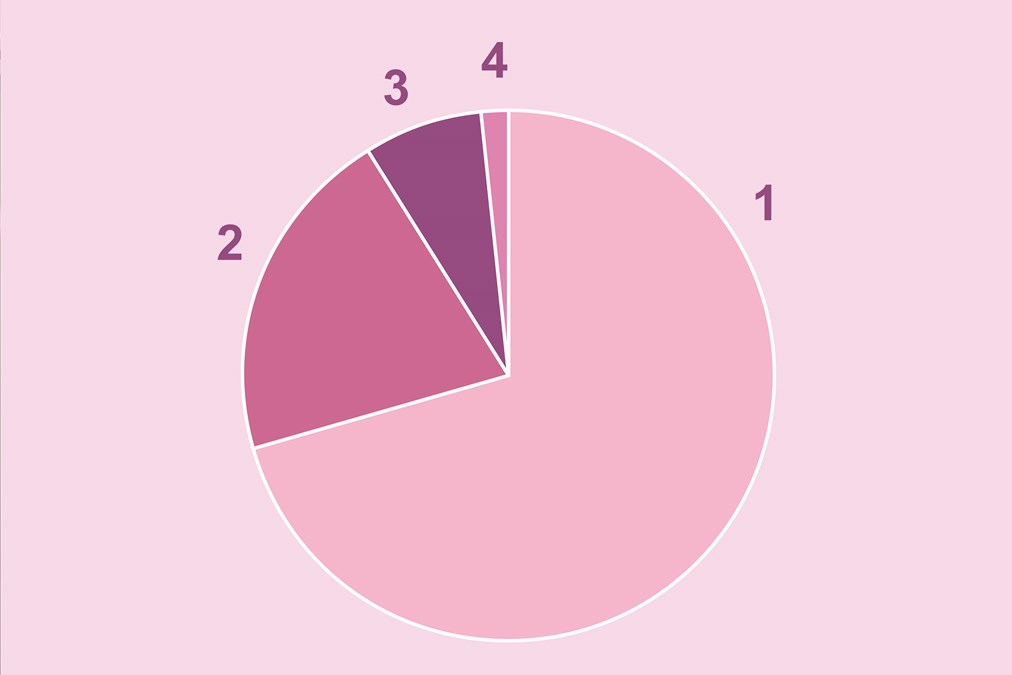
1. Latent phase
The latent phase of labour is usually spent at home. It begins with irregular contractions and a pain similar to menstrual cramps. After a while the contractions become more painful and intense. You can try to ease the discomfort by resting, having a gentle massage, taking a warm bath or shower. If you need a pain-killer, you could try taking a paracetamol (Alvedon or Panodil) or use a Tens device which sends small electrical nerve-stimulating pulses to block the feeling of pain.
2. Active phase
During the active phase, the contractions will become stronger and more frequent. Your cervix will continue to open until it is fully dilated. When you are having 3 or 4 contractions in the space of about 10 minutes, it is time to call the hospital.
3. Pushing stage
The baby will have descended further into the pelvis and it is soon time to start pushing. It’s likely that you’ll instinctively want to push. But the midwife may ask you just to keep taking long, slow breaths through the contractions. This is either because the baby hasn’t descended far enough. Or because the tissues need stretching more, so as to reduce the risk of serious tearing.
4. Delivering the placenta
Your baby has come out and has probably been placed on your chest. Most babies take their first breath and cry on their own, but some need a bit of help from the staff. The midwife checks that the placenta is expelled and that your womb contracts. If you need stitches because you had a tear, the midwife will give you a local anesthetic.
The body’s reaction

You don’t need to learn how to give birth. Your body knows exactly what to do. But various factors may prevent it from doing the job perfectly smoothly. It is not unusual for the body to experience heightened stress levels when contractions and labour pains begin. The body’s “fight or flight” response may be triggered. This makes the muscles tighten up, breathing changes and the mind focuses completely on the pain and how to escape the situation. This response is not dangerous, but can cause contractions and labour to slow and put the baby and labouring person at risk of distress.
Adrenaline and oxytocin

Heightened stress levels during labour are caused by the fight-or-flight hormone adrenaline. The response can be countered by the release of the feel-good hormone oxytocin. It is a calming hormone that helps reduce pain and causes the uterus to contract efficiently. We can help the release of oxytocin by creating an atmosphere in which the body feels safe and at ease. This makes it easier to manage the intensity of labour. This is where you can make a difference as a support partner by staying close by, perhaps giving a gentle massage, back-rub or whatever might be appreciated.
Tools for managing labour pain

Labour contractions are rhythmic during the active phase. Each contraction lasts 60 to 90 seconds and then the uterus rests for at least the same length of time. Contractions can be described as waves or surges, because their intensity rises, peaks and then decreases. Try to find the rhythm together. It will help you work during the contractions and rest in between. Focus on the present and take one contraction at a time. Finish each contraction by exhaling with a deep sigh together to help you release tension and get ready for the next one.
Breathing
The person giving birthFocus on breathing softly and silently through each contraction. Breathing forcibly can throw the body out of balance, which lowers the supply of oxygen to the womb and baby.
The person giving supportThe birth partner can help by listening to how their partner is breathing. Give a gentle reminder to breathe more softly if it is very audible.
Relaxing
The person giving birthIt is natural to want to tense up and fight a contraction. But try to let your whole body relax and go with the contraction. Focus on relaxing your jaw, shoulders, bottom and thighs. They become very tense when we are stressed. The only muscle that needs to do any work during the contractions is your uterus.
The person giving supportLook and feel for any tension in your partner’s body. Soothing words and touch can increase relaxation.
Voice
The person giving birthKeep your voice soft and low during contractions. Imagine that your jaw is heavy and relaxed. It is usually difficult to breathe softly and quietly when the contractions become stronger and more intense. It can be a relief to make a sound as you breathe out. Focusing on a sound can also help manage the pain.
The person giving supportListen to your partner’s voice and give a gentle reminder to keep it soft and low, if necessary. Don’t be afraid to make noises. It might make it easier for the birth-giver to make a sound if there are noises coming from someone else in the room.
Thoughts
The person giving birthBelieve in yourself and remember that your body is amazing, no matter how you give birth. Remember that a contraction will never come back after it has ended, and that the pains go away in the intervals between the contractions, unlike toothache and other sorts of pain. Tell yourself that although it is painful now, it will soon be all over and you’ll get to meet your little one.
The person giving supportGive encouragement, talk about positive things and try to keep those negative thoughts away. If the person giving birth starts to lose confidence, you have to be the pillar of support and continue to encourage, reassure and praise.
Different ways of giving birth
A caesarian section may be necessary if there are circumstances that make a vaginal birth difficult or risky. Vaginal delivery is recommended otherwise. You can read more about different ways of giving birth at here.
Recovering
After the baby’s birth, there will be some bleeding from the area in the uterus where the placenta was attached. This is known as lochia and usually lasts about 6 to 8 weeks. There is a greater risk of infection during this period. Avoid swimming in pools, use a condomwhen having sex, and wear sanitary pads, not tampons or other internal menstrual products. It is also important to exercise your stomach and pelvic floor muscles to reduce the likelihood of problems later on.
Postnatal check
You’ll visit your child health clinic for your postnatal check about 8 to 12 weeks after the birth. This appointment offers an opportunity to discuss the birth experience, how you are feeling and contraception options. Even if you are breastfeeding, you can get pregnant soon after giving birth.
Remember!
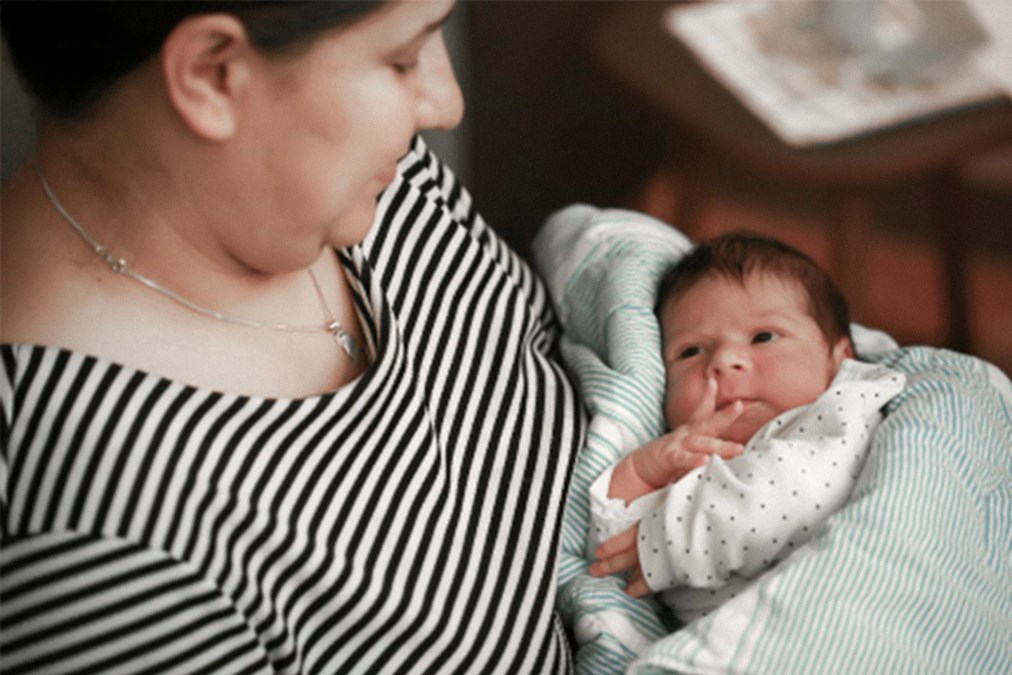
Have confidence in yourself
The hours leading up to labour and delivery can be tough, but the experience can also be incredible. You’ll get through it. And you’ll soon have your newborn baby in your arms.
Have confidence in the staff
You’re in safe hands at the maternity ward. The staff there have delivered babies before. They’ve seen it all, they know what happens in the body and how you’re dealing with your responses and feelings in the best way.